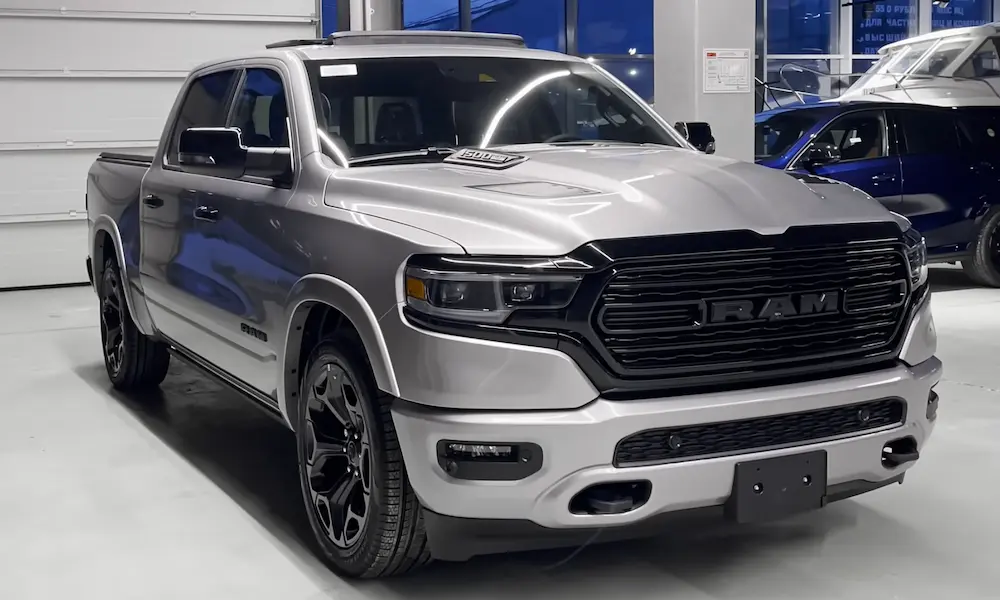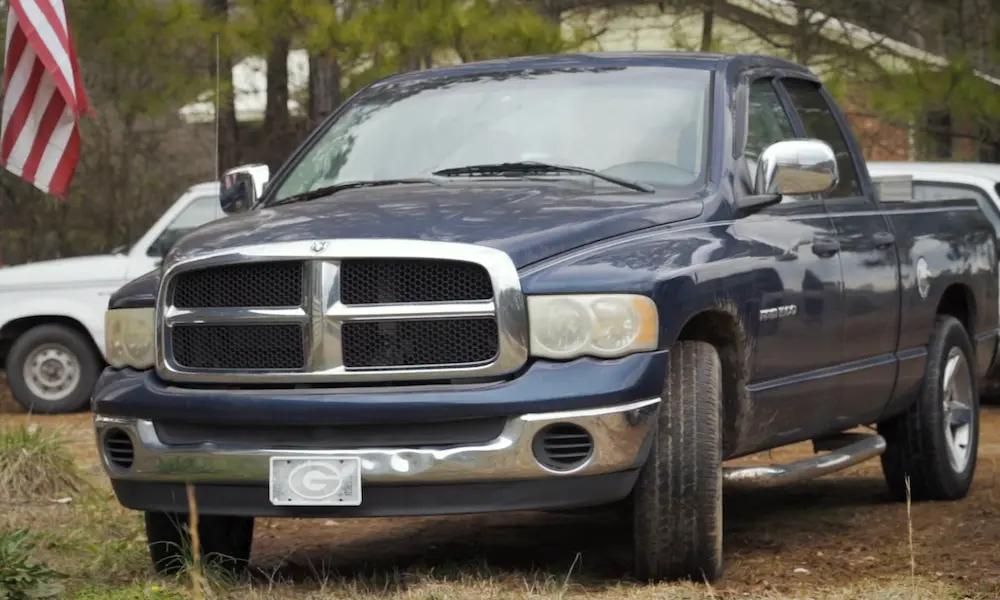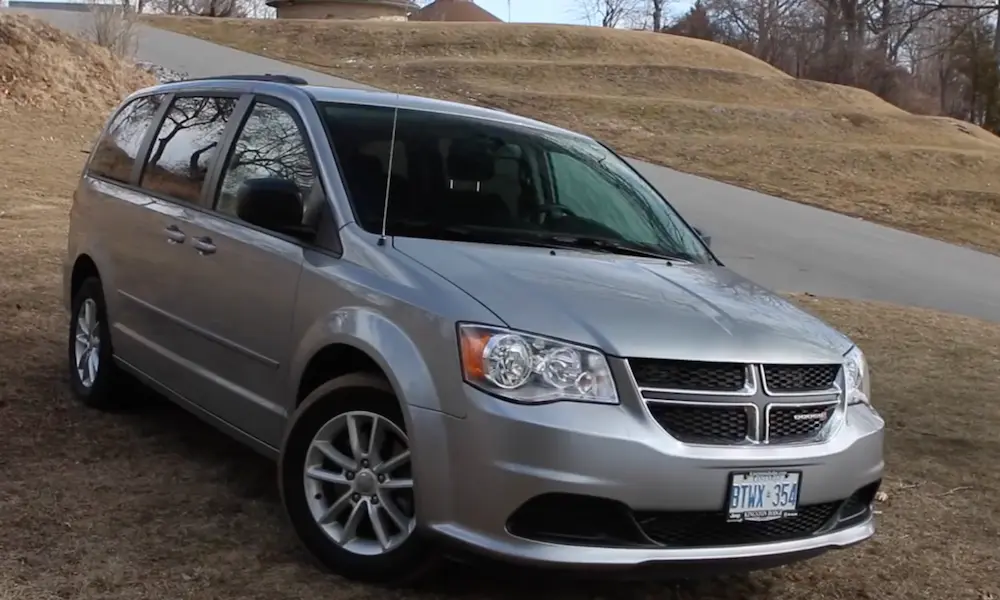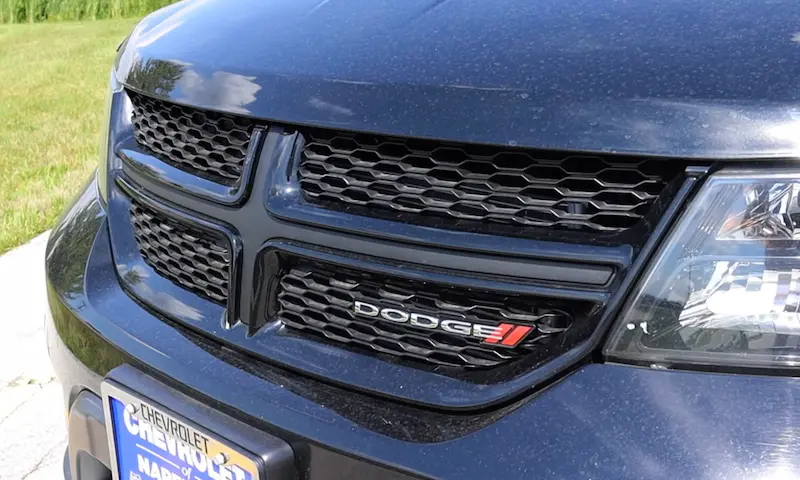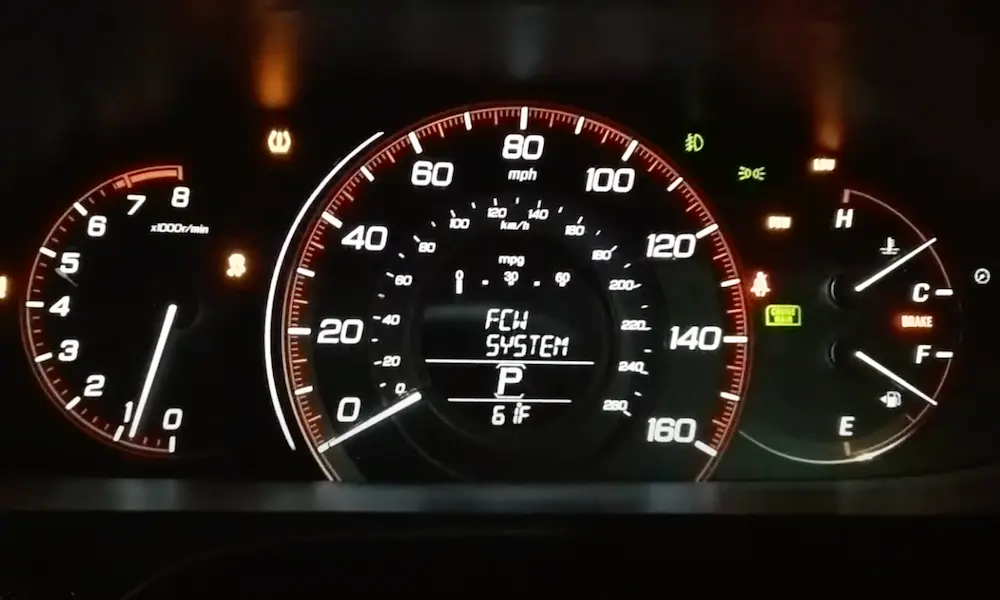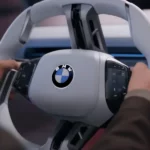Ever hit a bump at highway speed and felt your steering wheel violently shake back and forth? That terrifying sensation has a name—the dodge death wobble. It’s not just scary; it’s dangerous. If you’re experiencing this issue with your Ram truck, you’re dealing with a fixable problem that requires attention to specific suspension components.
What Exactly Is the Dodge Death Wobble?
The dodge death wobble is a violent oscillation that affects the front suspension and steering system in solid front axle vehicles, particularly Dodge Ram trucks from 1994-2008. When it hits, your steering wheel shakes uncontrollably, and the entire front end feels like it’s trying to tear itself apart.
This isn’t just an uncomfortable ride—it’s a safety hazard that typically happens at 40-60 mph after hitting a road irregularity. The only immediate fix? Slow down until the shaking stops.
Early Warning Signs of Death Wobble
Don’t wait for a full-blown episode to address this issue. Your truck will usually give you warning signs:
- Slight steering wheel vibration at certain speeds
- Wandering or floating sensation when driving straight
- Uneven tire wear, especially on the front tires
- Clunking or popping sounds when turning or hitting bumps
- Steering that feels loose or imprecise
If you notice any of these symptoms, it’s time to inspect your front end before things get worse.
The Root Causes Behind Death Wobble
Understanding why death wobble happens is the first step to fixing it. Here’s what’s really going on:
Worn Track Bar (Panhard Rod)
The track bar is the primary component that keeps your axle centered under your truck. When it gets loose or worn:
- The axle can shift side-to-side during travel
- Even 1/16-inch of play can trigger wobble
- Bushings deteriorate over time, creating slop
This is often the first place to check when diagnosing death wobble. The track bar is the most critical component in controlling this issue.
Steering Linkage Issues
Pre-2008 Dodge Rams have a fundamental design issue in their steering linkage:
- The pivot point between the drag link and center link creates a “slop zone”
- This design allows unwanted toe changes during suspension movement
- Worn tie rod ends compound the problem
The steering system basically has built-in play that worsens as components wear out.
Ball Joint Failure
Ball joints connect your steering knuckles to the suspension and wear out faster in heavy trucks:
- Worn ball joints allow unwanted movement in the front end
- This creates inconsistent wheel alignment during travel
- The additional movement feeds the wobble cycle
Ball joints should be inspected regularly, especially in lifted trucks.
Worn Steering Stabilizer
Many people mistakenly think a new steering stabilizer (shock) will fix death wobble:
- The stabilizer only masks the symptoms, not the cause
- When it wears out, it can no longer dampen oscillations
- Replacing it might provide temporary relief but won’t solve the underlying problem
Think of the stabilizer as a band-aid, not a cure. Simply replacing just the stabilizer rarely fixes the issue.
Lift Kits and Big Tires
Modified Rams are more susceptible to death wobble because:
- Lift kits change suspension geometry and caster angles
- Larger tires create more leverage against steering components
- Added weight accelerates wear on factory parts
A 6-inch lift can reduce caster from the factory 4-6 degrees to nearly zero, destabilizing the front end.
Wheel Balance and Alignment Issues
Even seemingly minor issues can trigger or worsen death wobble:
- Unbalanced tires create harmonic vibrations
- Incorrect toe settings (toe-in/toe-out) destabilize handling
- Insufficient caster angle reduces steering self-centering
How to Diagnose Death Wobble in Your Dodge Ram
Before spending money on parts, properly diagnose the issue:
Visual Inspection Method
Start with a thorough visual check:
- Park on level ground with wheels straight
- Look for obvious damage or leaking fluids
- Check for shiny spots on components (indicates movement)
- Examine rubber bushings for cracks or deformation
- Inspect all mounting points for cracks or elongated holes
The “Helper Test”
This two-person test can reveal hidden issues:
- Have someone sit in the driver’s seat with the engine off
- Turn the steering wheel back and forth about 1/4 turn
- Watch underneath for movement in components that shouldn’t move
- Pay special attention to track bar mounts and steering linkage
- Any visible play indicates a problem area
Tool-Based Inspection
For a more thorough diagnosis:
- Use a pry bar to check for movement in ball joints and tie rods
- Test track bar bushings by trying to move the bar laterally
- Check steering box mounting bolts for tightness
- Inspect wheel bearings for excessive play
Step-by-Step Death Wobble Fix Guide
Once you’ve identified the culprits, here’s how to systematically address them:
1. Track Bar Replacement
The track bar is often the primary fix:
- Replace worn factory track bars with adjustable aftermarket versions
- Look for units with polyurethane or spherical joints for better durability
- Ensure proper torque on mounting bolts (typically 150 ft-lbs)
- Verify the axle is properly centered after installation
2. Ball Joint Upgrade
Factory ball joints aren’t built for long-term durability:
- Replace with high-quality, greaseable aftermarket ball joints
- Install with proper torque specifications
- Consider “high misalignment” joints if you go off-road frequently
- Don’t forget to check wheel bearings while you’re there
3. Steering Linkage Overhaul
Address the inherent design flaws:
- Consider upgrading to post-2008 linkage design if possible
- Replace all tie rod ends with heavy-duty versions
- Check steering box mounting and add a brace if needed
- Inspect the steering shaft for wear or binding
4. Alignment and Caster Correction
After replacing components, proper alignment is critical:
- Aim for 4-6 degrees of positive caster (more is better for stability)
- Set toe-in at 1/16″ to 1/8″ for proper tracking
- If lifted, use caster correction components to restore proper geometry
- Consider having alignment done by a shop familiar with lifted trucks
This alignment data chart shows the ideal specifications for Dodge Rams:
| Alignment Spec | Factory Setting | Recommended for Stability |
|---|---|---|
| Caster | 4.0° ± 0.5° | 5.0° to 7.0° |
| Camber | 0.0° ± 0.5° | 0.0° to -0.5° |
| Toe-in | 0.10° ± 0.10° | 0.10° to 0.20° |
5. Steering Stabilizer Replacement
Once other issues are fixed, upgrade the stabilizer:
- Install a heavy-duty monotube design
- Consider dual stabilizer setups for heavily modified trucks
- Verify proper mounting and extension
- Remember this is your last step, not the first
Real-World Death Wobble Fix Costs
What should you budget for fixing death wobble? Here’s a breakdown:
| Component | Average Cost (Parts) | Labor Cost | Total |
|---|---|---|---|
| Track Bar | $150-$350 | $100-$150 | $250-$500 |
| Ball Joints | $100-$250 | $200-$350 | $300-$600 |
| Tie Rods/Linkage | $200-$400 | $150-$250 | $350-$650 |
| Alignment | N/A | $100-$150 | $100-$150 |
| Steering Stabilizer | $80-$200 | $50-$100 | $130-$300 |
Total fix cost typically ranges from $800-$1,500 depending on quality of parts and labor rates in your area.
Preventing Death Wobble from Returning
Once fixed, keep it fixed with these preventive measures:
- Inspect front end components every 15,000 miles
- Maintain proper tire pressure and rotation schedule
- Address minor steering issues before they worsen
- Use proper torque on all suspension bolts
- Be cautious with lift height and tire size
- Re-check alignment annually or after off-road use
Modifications That Make Death Wobble Worse
Some popular mods can increase your risk:
Excessive Lift Height
The higher you go, the more problems you’ll have:
- Lifts over 4″ significantly increase stress on components
- Factory geometry becomes increasingly compromised
- Component angles create more leverage and wear
Oversized Tires Without Supporting Mods
Big tires look great but need proper support:
- Tires over 35″ create substantial additional strain
- Rotational mass increases exponentially with tire size
- Without upgraded components, failure is inevitable
Mixing and Matching Parts
The piecemeal approach rarely works:
- Using different brands for critical components can create tolerance issues
- Budget parts alongside premium parts creates weak links
- Incomplete fixes often lead to recurring problems
According to a RAM forum discussion, some owners have spent over $7,000 trying piecemeal fixes before properly addressing all components.
Best Aftermarket Parts for Fixing Death Wobble
Not all replacement parts are created equal. These brands have proven track records:
- Track Bars: Thuren Fabrication, Carli Suspension, Synergy Manufacturing
- Ball Joints: Dynatrac, Carli, Moog Problem Solver Series
- Steering Linkage: Borgeson, PSC, RedHead
- Stabilizers: Bilstein 7100, Fox 2.0, King
Many owners on Reddit report complete resolution when using quality components as a complete system rather than mixing budget parts.
The Death Wobble and Dodge’s Response
It’s worth noting that the “death wobble” has been a known issue for years:
- Fiat Chrysler Automobiles (FCA) faced NHTSA fines exceeding $100 million related to handling of various safety recalls
- Some model years have had specific technical service bulletins addressing front-end stability
- The problem isn’t exclusive to Dodge trucks but is particularly common in them
Despite the nickname, properly maintained trucks with quality components can completely avoid this issue. Don’t let the sensational name scare you away from an otherwise capable vehicle.
Beyond DIY: When You Need Professional Help
While many components can be replaced in your garage, some situations warrant professional assistance:
- When special tools are required (ball joint press, alignment equipment)
- If you can’t identify the source of the problem
- When dealing with heavily modified vehicles
- If you’ve replaced components but the wobble persists
Remember that proper diagnosis saves money in the long run by preventing unnecessary parts replacement.
By understanding the causes of dodge death wobble and systematically addressing them, you can restore confidence in your Ram truck’s handling and safety. The key is addressing the root causes, not just masking symptoms.


